This access challenge has become apparent thanks to recent advances in GPS technology, but the origin of the landlocked problem goes back to the early days of Western statehood
EDITOR’S NOTE: This post was written in 2019, as we were revealing the results of our second collaboration with onX to identify the full scope of the inaccessible public lands problem. We have since released three additional reports on landlocked public lands east of the Mississippi. This is all relevant in 2021, not only because the access challenge persists, but also because checkerboarded public lands and the legality of corner crossing are back in the news. The call to action at the end of this story has been changed: We no longer need to fight for the future of the Land and Water Conservation Fund, but to use it well, we need a complete digital record of all our public lands, including easements that may unlock inaccessible parcels but are only recorded on paper maps. Read on for how history has shaped public land access and what you can still do to help.
This week, the TRCP and onX revealed the results of our latest collaborative study, which showed that 6.35 million acres of state-owned public lands are completely isolated by private lands and therefore inaccessible to American sportsmen and women. To arrive at this total acreage, onX used leading mapping technology to look at state trust lands, state forests, state parks, and wildlife management areas in Arizona, California, Colorado, Idaho, Montana, Nevada, New Mexico, Oregon, Utah, Washington, and Wyoming.
This report also builds on our findings from last year, when onX helped us to identify more than 9.5 million acres of landlocked and inaccessible federal public lands, including those overseen by the Bureau of Land Management, U.S. Forest Service, U.S. Fish and Wildlife Service, and other agencies.
GPS technology, now accessible to any hunter or angler with a smartphone, has made this access challenge more obvious in recent years. Ours is the first detailed analysis of how big the problem really is, but the jigsaw puzzle of land ownership that has created barriers to public lands where we have every right to hunt or fish has its origin in the founding of the Western states.
Here’s how we got here.
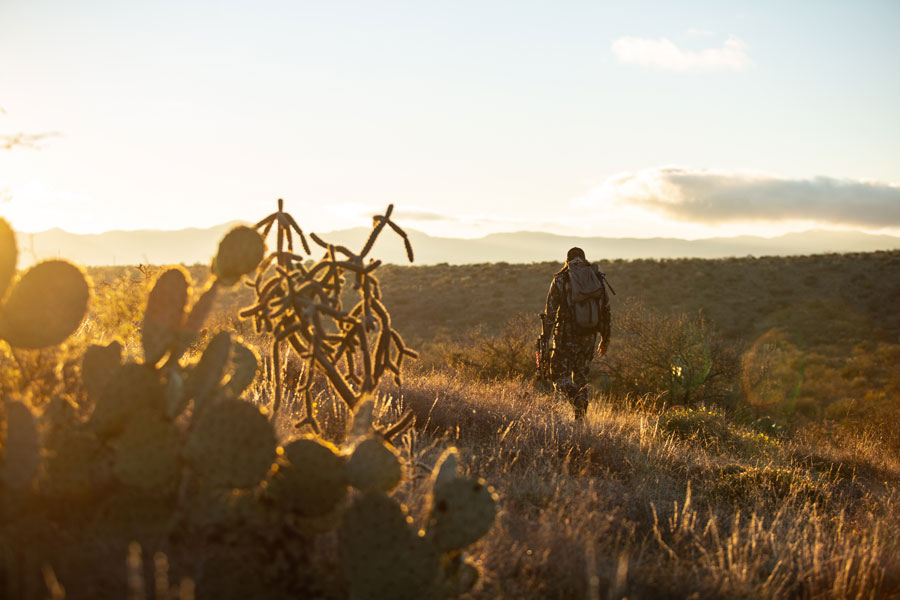
State Lands Destined to Be Landlocked
In the 19th century, as Western territories joined the union, each was granted land from the public estate through acts of Congress. These lands were to be used to generate revenue that would support public institutions, most often schools, in the new states.
The Public Lands Survey System was used to plat landscapes into six-by-six-mile squares known as townships, each including 36 individual one-mile–square sections. And the enabling acts that established statehood specified individual sections from each township’s grid that would be withdrawn from the federal estate and granted to each new state.
The size and placement of these allotments varied and became increasingly more generous as new states were admitted to the union. For instance, Congress granted Montana and Idaho sections 16 and 36 of each township, while New Mexico and Arizona received sections 2, 16, 32, and 36. The result was a scattered, arbitrary pattern of trust lands that frequently led to sections of state land surrounded entirely by private holdings.
While land exchanges, sales, and acquisitions have consolidated and altered the ownership pattern of state land holdings over the years, the original patchwork is still evident across much of 11-state region that onX helped us study to identify landlocked state lands where hunting and fishing opportunities are being lost. Now home to 38.8 million acres of trust lands, the states have—we learned—a 6.35-million-acre landlocked problem.
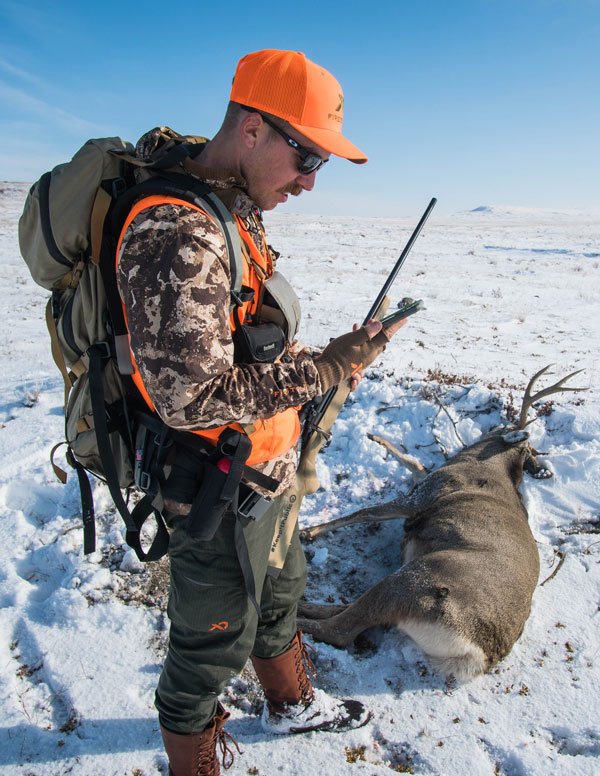
How Federal Public Lands Became Isolated and Checkerboarded
When it comes to the 9.52 million acres of landlocked federal public lands, these parcels are also a product of history, rooted in the federal government’s aggressive land disposal policies of the 19th century. For much of America’s past, Western lands served as a source of in-kind revenue for the federal government, used at the will of policymakers to achieve their desired aims.
To facilitate the extension of commerce and settlement across the continent, Congress granted railroad companies ownership of alternating sections of land on either side of the tracks, fracturing the landscape into the public-private checkerboard pattern familiar to any Western hunter. The rationale behind this policy was that development spurred by the railroad would double the value of the remaining public lands, which could eventually be sold—negating the cost of the giveaway by the federal government, while simultaneously driving private enterprise.
Meanwhile, as the public domain was divided up piecemeal through the Homestead Act, public lands that had little economic value went unclaimed, and frequently became closed-in by adjacent private holdings. In other instances, some enterprising Western settlers accumulated so much land that public tracts were entirely surrounded by individual ranches or walled off against natural features, like rivers and impassable terrain.
Later, the abandonment of homesteaded farms and a high-profile railroad land scandal returned millions of acres of generally isolated and disjointed tracts of land to the Department of the Interior. The idea of a permanently maintained system of public lands did not take hold until the turn of the twentieth century, when a dedicated model of conservation was championed by the likes of Theodore Roosevelt. It was not until decades later, in 1976, that the Bureau of Land Management, the nation’s largest land management agency, shifted fully to a policy of land retention.
Now, we know better than ever before that these resources play a vital role in maintaining a vast $887-billion outdoor recreation economy, and Americans value our public lands as a means of escaping crowded cities and schedules. In fact, there is a growing need to open overlooked and off-limits public lands to the general public.
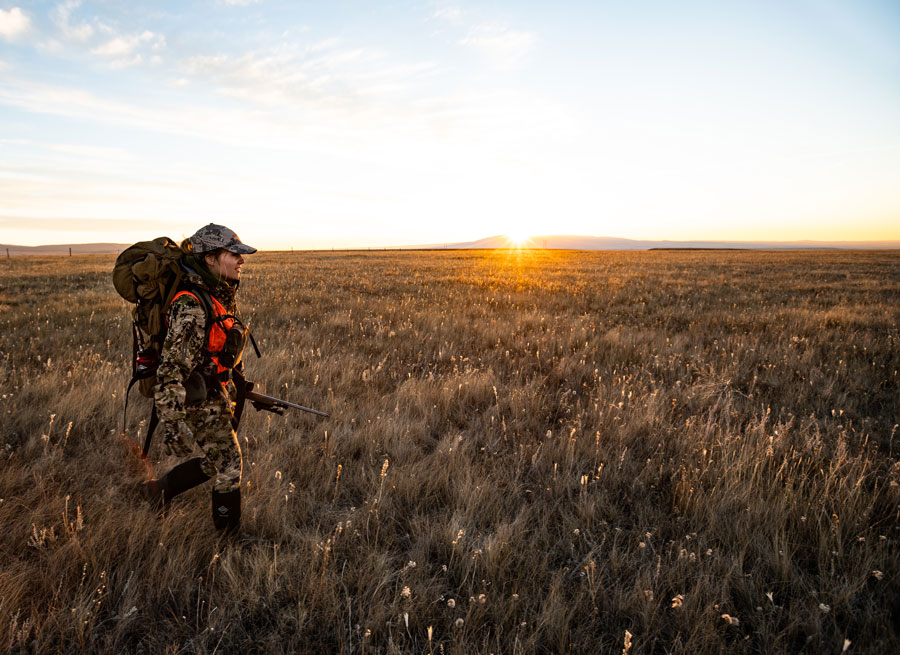
A Quick Word About the Biggest Difference Between State and Federal Lands
It’s important to know that state trust lands differ from federal public lands in how they are managed. By and large, federal lands administered by agencies such as the BLM and U.S. Forest Service are managed for multiple uses, including outdoor recreation, wildlife habitat, energy development, grazing, and timber harvest. The federal agencies are required to balance these uses, and financial profit is not a driver of management.
Under the terms of state land grants, state lands allotted by Congress through the General Land Office were to be managed to produce revenue for designated beneficiaries. This is why, early on, the young states sold off millions of acres of state trust lands for short-term payoffs.
The extent to which states disposed of their lands has varied, with Nevada selling off virtually all of its original land grant and Arizona selling very little. While land sales still do occur with greater frequency at the state level than the federal level, state land boards have moved management direction towards the longer-term approach of leasing them to private interests for grazing, mineral development, and timber extraction. However, to this day, state land boards and management agencies remain obligated to produce revenue for designated beneficiaries, balancing maximum immediate return with the sustainability of revenue and natural resources over time.
This became a hot talking point at the height of the public land transfer debate in 2016, when an extremist minority suggested that the nation’s public lands might be better off in state hands. While this idea still exists, sportsmen and women united to make it known that large-scale transfer or disposal of public lands is extremely unpopular and an irresponsible management strategy. Now, our fight has become more about solving access and management challenges on these lands.
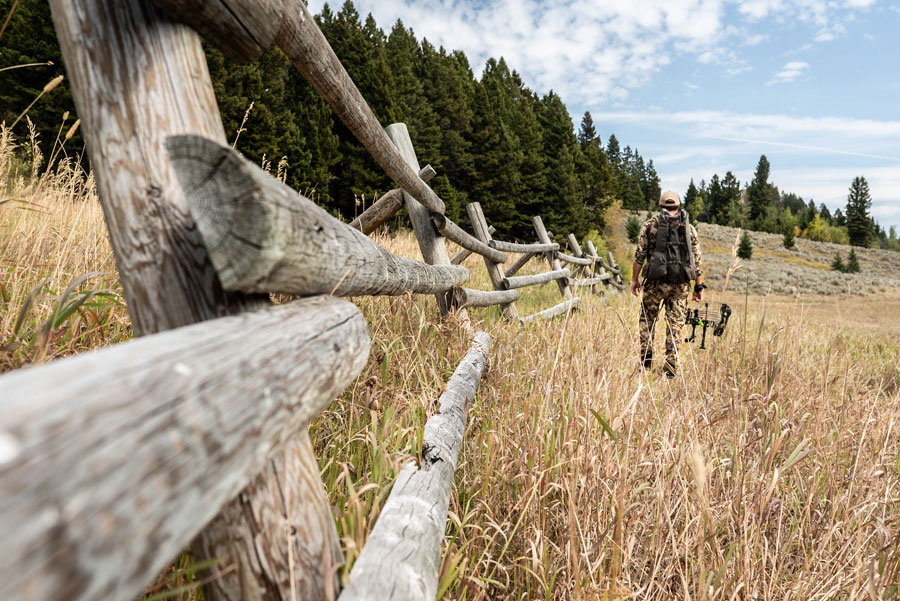
A Solution with Bipartisan Support
One key to unlocking both state and federally owned landlocked lands is ensuring that decision-makers and the American public have a complete digital record of federal land holdings. This includes easements that often unlock inaccessible parcels, but you won’t find them on your smartphone or GPS because the maps have never been digitized. The Modernizing Access to Public Land, or MAPLand, Act would require federal public land management agencies to make all public land access data, including maps and regulations, available in an online format, giving you confidence that you are using legal access and following the rules.


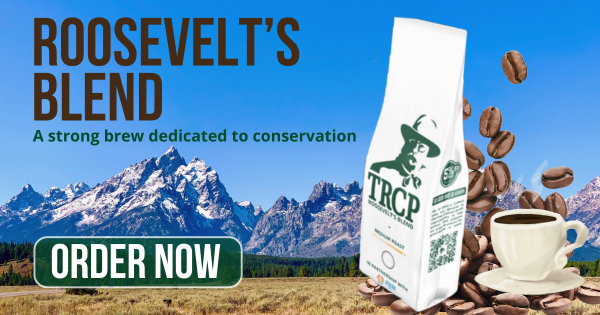



I approve any means to open the land locked public lands
Leave our landlocked lands alone. Keep the land wild. Let the animals and fish live as they did prior to us coming on the land.
Virginia, please consider educating yourself on the subject before making your decisions. Landlocked means that only a neighboring ranch can use the property, and their goals are business oriented only, in most cases. When a parcel gets unlocked, sportsmen and women get access to what they already own and can raise holy hell if a rancher is not properly caring for his public trust. In most cases the fish, birds and wildlife are better cared for.
What evidence do you have that unlocked lands and their fish and wildlife are better cared for than those landlocked by ranches. Also, what data is there as to the types of private lands blocking landlocked access. Most of the properties surrounding landlocked parcels I’m seeing in OnX in my area north of Yellowstone are smaller parcels of non-ranchers. In fact, I just counted 10 that appear to be wealthy folks buying hunting properties and getting public lands access. I’m not sure blaming ranchers for a historically driven issue is supportable.
“This would maximize the ability for the states and federal agencies to unlock lands for public recreation with LWCF funds. ” Exactly how to you plan on Unlocking land locked lands? Will adjacent land owners have to give up their privately owned lands?
Those lands are being hoarded and used by greedy surrounding landowners.
Let’s get on with securing public access. The public should be assured access to their lands in the same way that private landowners are assured access to their lands. Let’s treat everyone equally and fairly.
They may be called ‘Public’ lands …. but only the neighboring ‘Private’ landowners have access. This needs to be corrected!
Corner hopping should also be allowed for those parcels touching corners with accessible parcels. And, there needs to be easements to those parcels that are completely landlocked.
Make public lands public!!
This is a huge problem in the state of Idaho. We have large tracts of public lands but the private owners own small strips usually in valley bottoms that block miles of access to the public. If adequate land for passage roads were purchased and maintained it could easily solve the situation for the public with little financial loss or problem to the land owners.
This is also a huge problem in Washington State. Often loggers lease or buy small sections of private land adjacent to the land locked public land for use in logging and other resource extraction leaving the public without access. This essentially sets public leads aside for private companies.